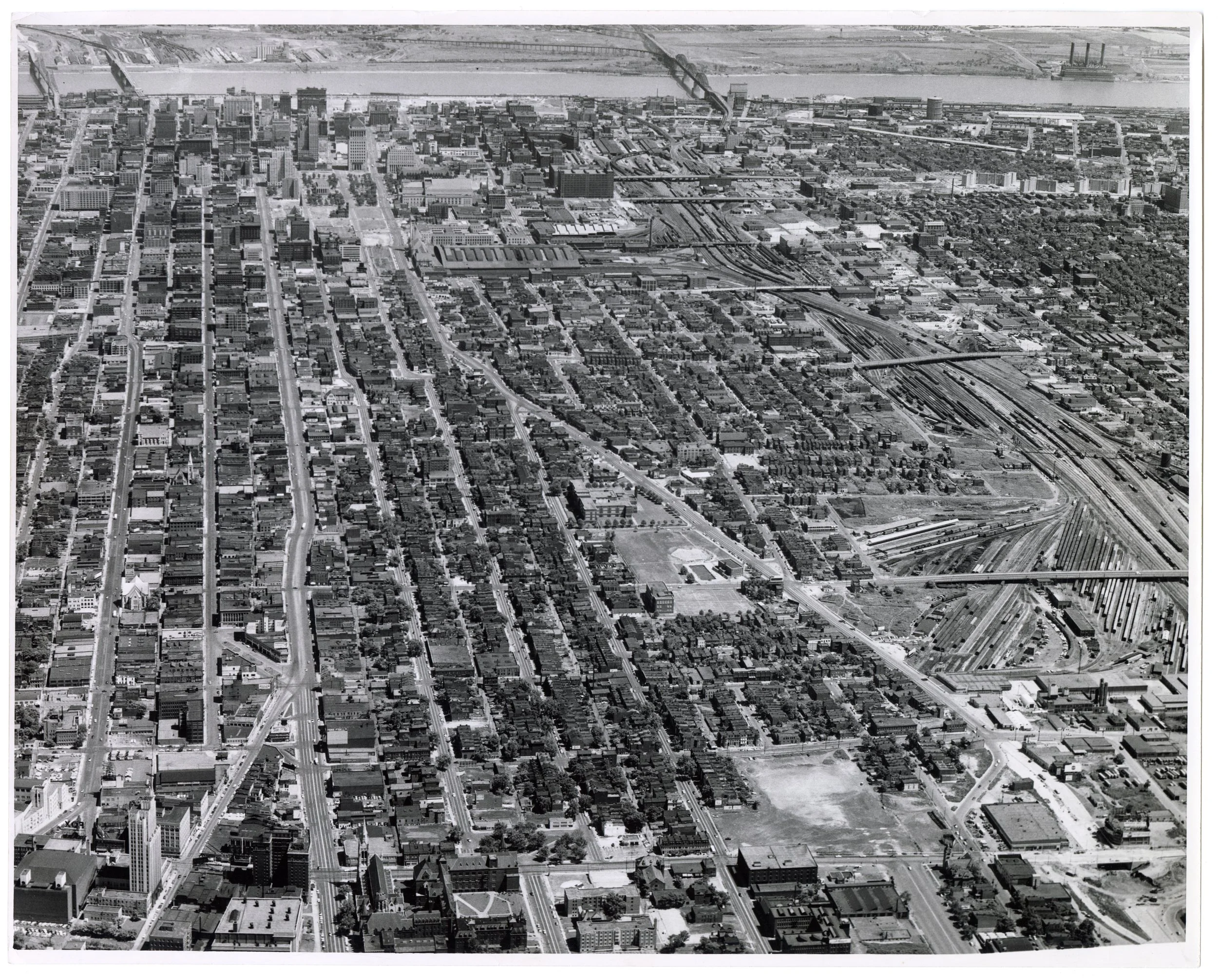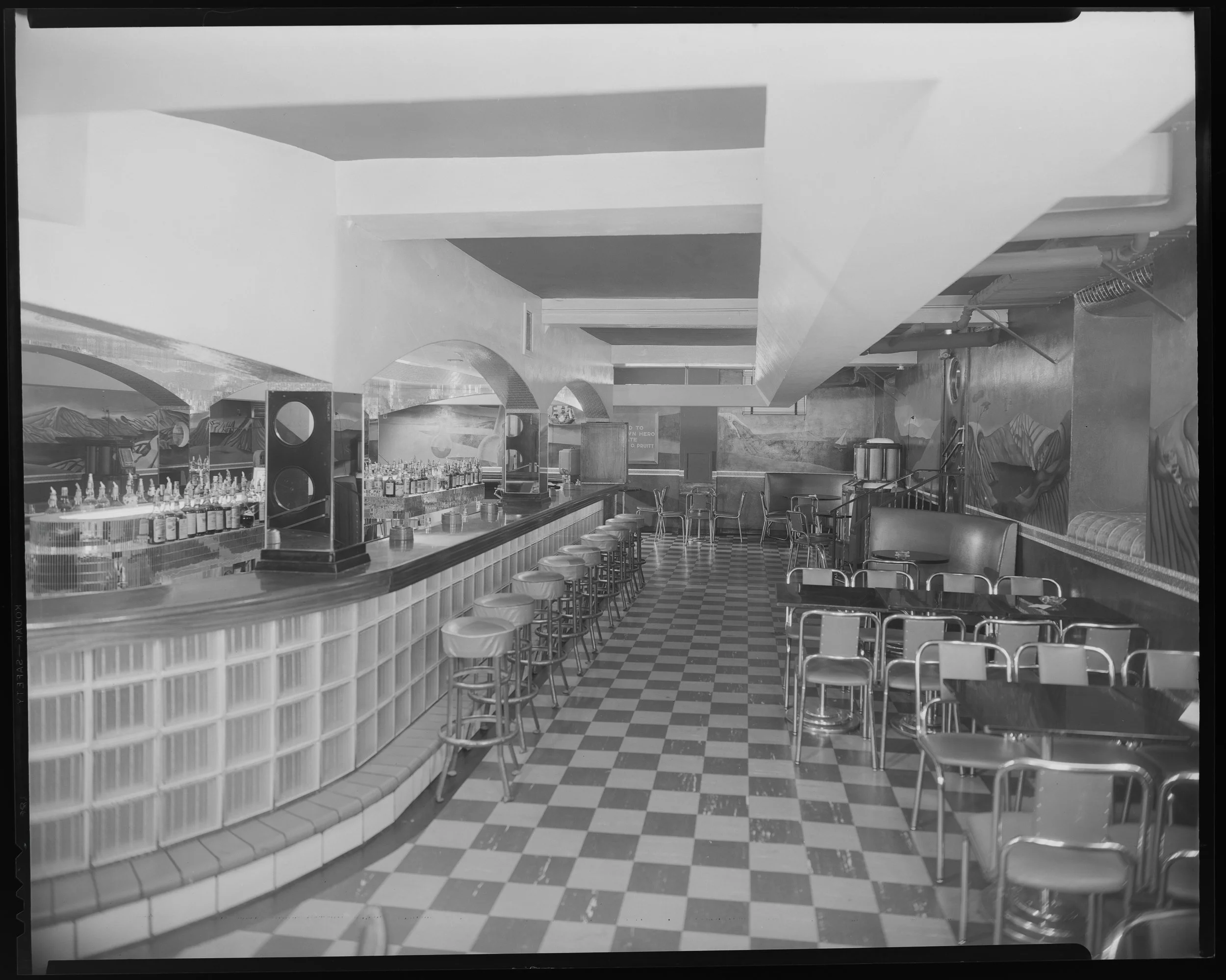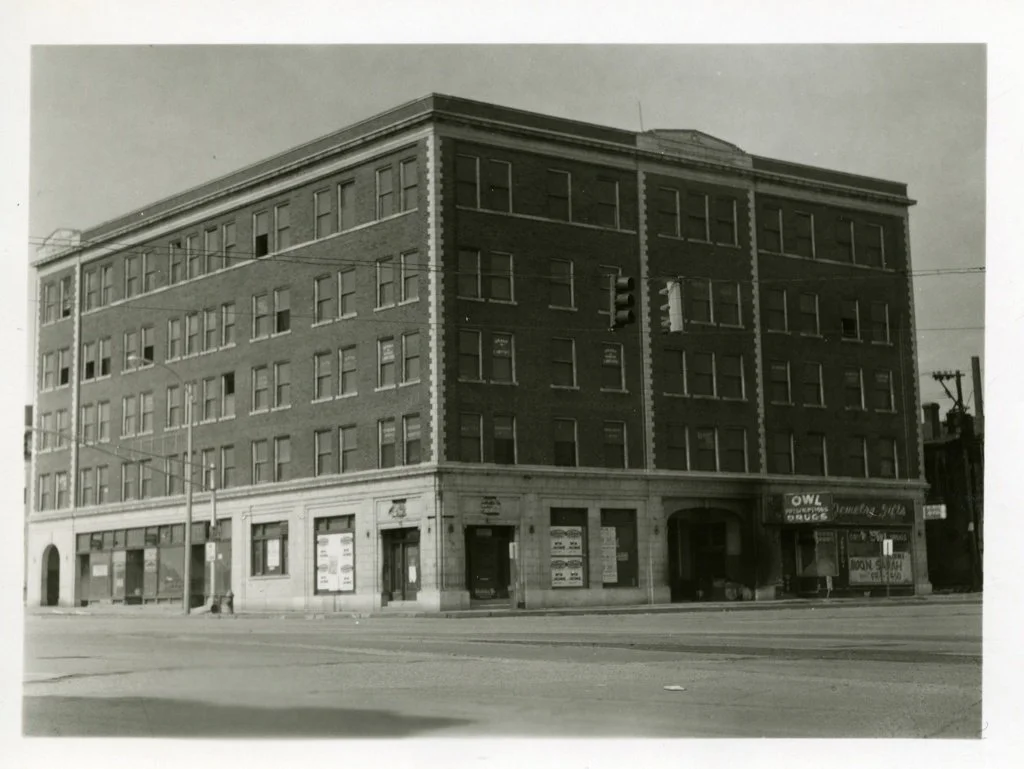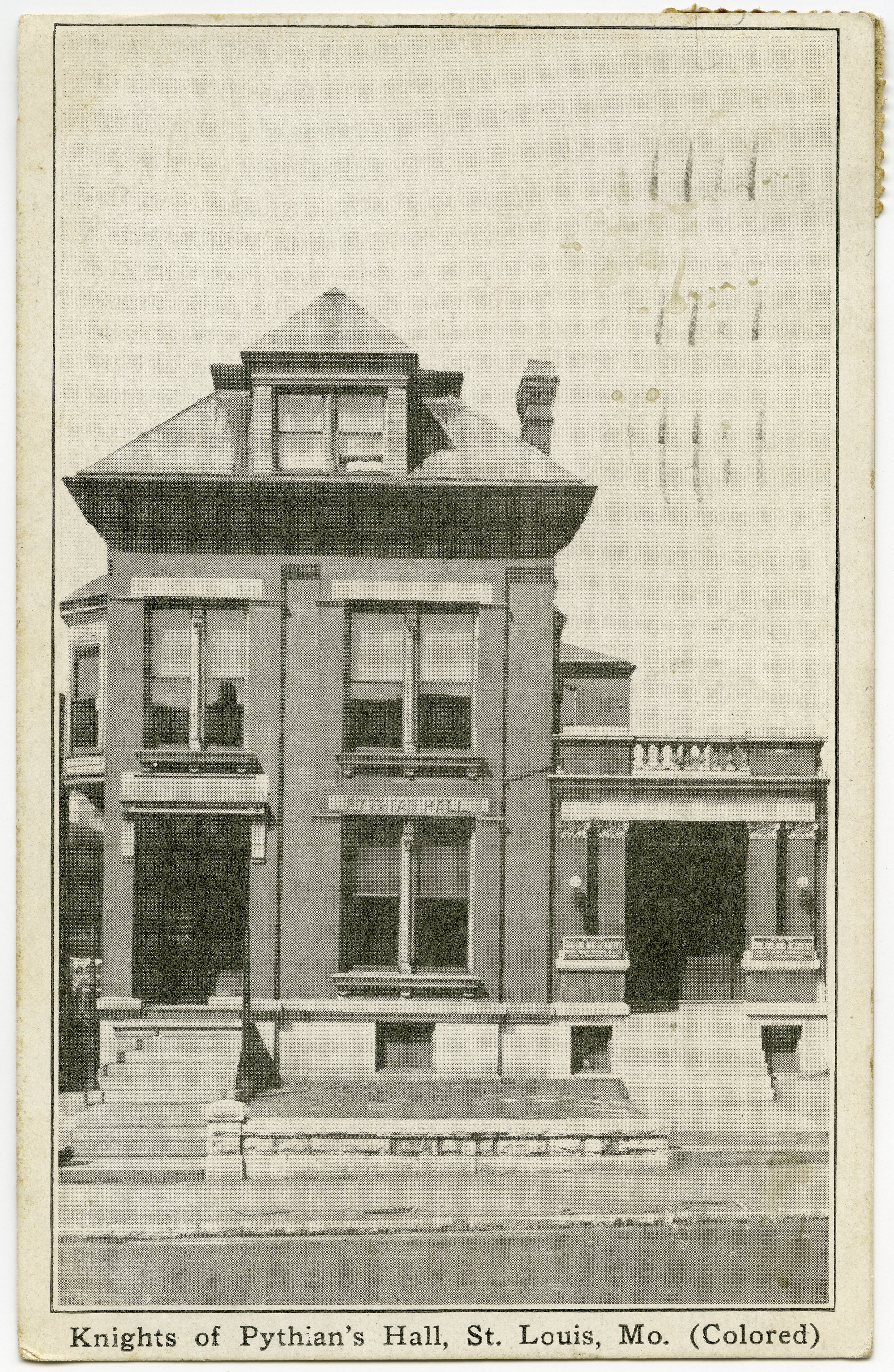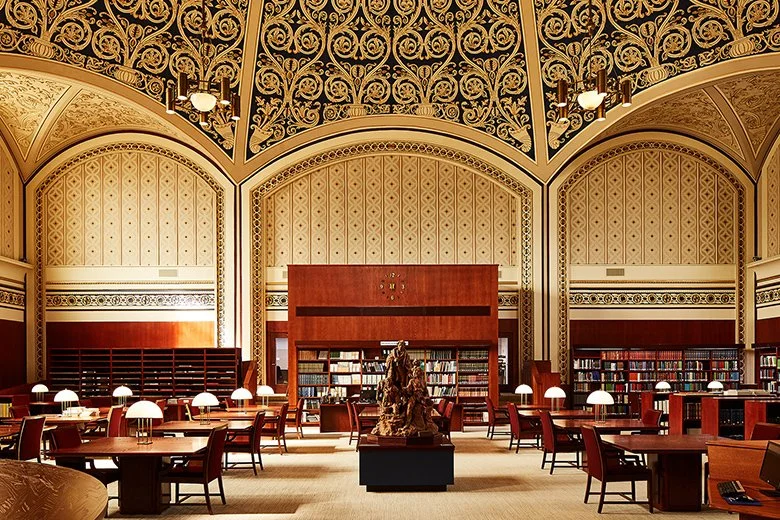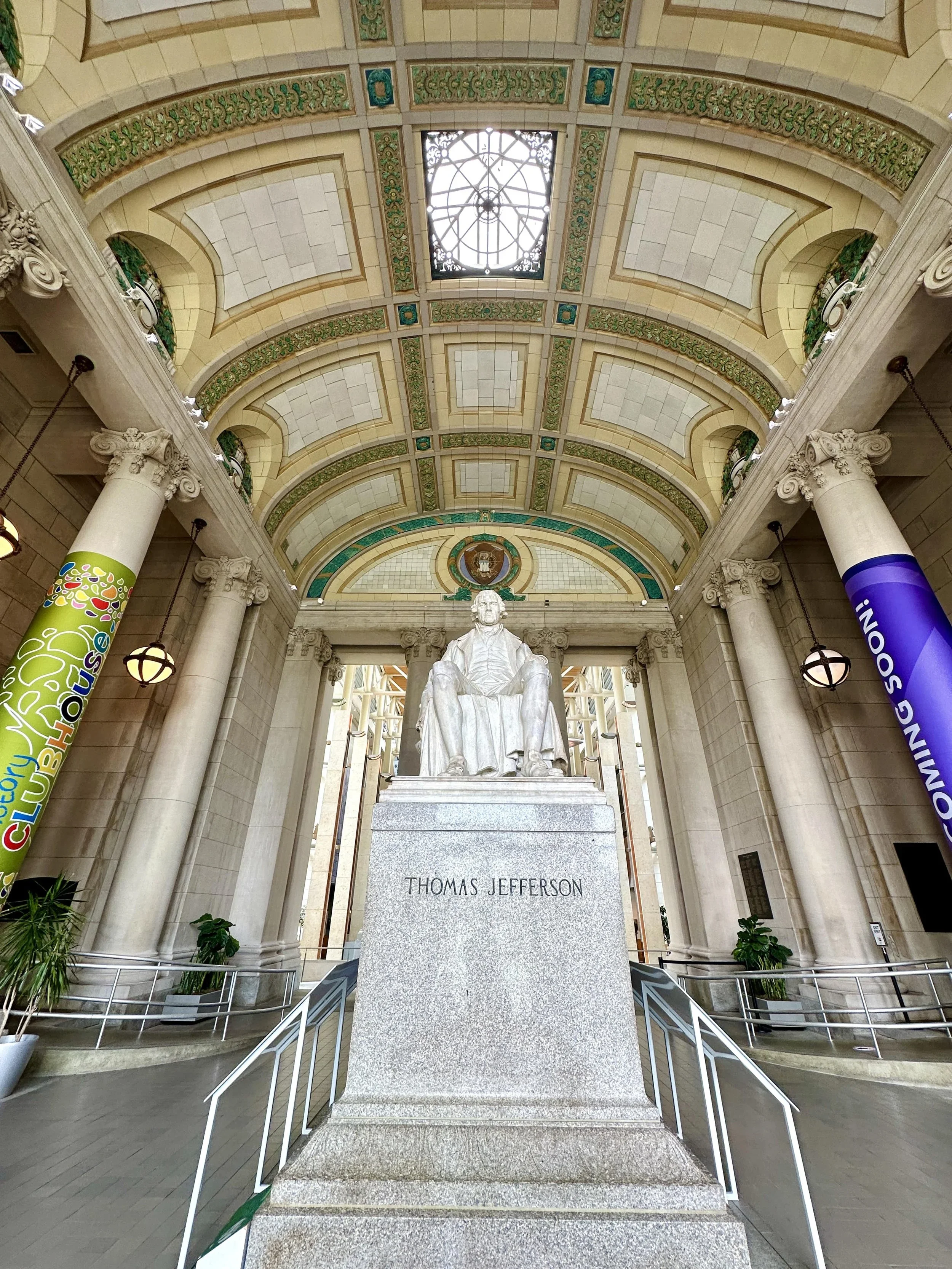From Ragtime & Jazz to Civil Rights New Black Metropolis Exhibit at History Museum Comes to Life
From ragtime and jazz to civil rights and community life, Mill Creek’s legacy comes alive through never-before-seen images and stories when the Missouri History Society unveils its “Mill Creek: Black Metropolis” Exhibit, A Journey Into a Lost Community’s Legacy at the Missouri History Museum. The Mill Creek: Black Metropolis exhibit at the Missouri History Museum will run from November 15, 2025, through July 12, 2026. It is located at the Missouri History Museum, 5700 Lindell Boulevard in St. Louis.
Focused on the remarkable Mill Creek Valley neighborhood the powerful, richly textured exhibition will restore the long-silenced story of Mill Creek Valley, a dynamic, vast African American neighborhood in mid-20th-century St. Louis that was erased from the city’s map yet never forgotten by its people.
What Was Mill Creek Valley?
Mill Creek Valley was a predominantly Black community in downtown St. Louis that spanned 454 acres and was home to nearly 20,000 residents until its destruction under the banner of “urban renewal” in the 1950s. Once dismissed in contemporary press as a “slum,” Mill Creek was, in fact, a hub of entrepreneurship, civic institutions, music, faith, sports and social life. It was, in many ways, the “Harlem of St. Louis”: a place where ragtime, jazz, and blues flourished; schools, churches and community organizations thrived; and residents built institutions like the only Black YMCA along Pine Street.
Yet starting in 1959, much of Mill Creek Valley was razed. The community’s physical presence was erased, and its story receded from public memory. “Mill Creek: Black Metropolis" confronts that erasure head-on, recovering names, faces, institutions, and stories that endured despite systemic neglect and destruction.
Mill Creek before it was razed.
“For decades, the people of Mill Creek have deserved for their story to be told in full,” said Dr. Jody Sowell, president and CEO of the Missouri Historical Society. “This exhibit is an act of remembrance and respect — a way to say that their community mattered and continues to matter to the heart of St. Louis.”
Curatorial Vision & Themes
During the planning of this exhibit, Gwen Moore, Curator, Missouri Historical Society, says she insisted the story be told with dignity, nuance, and agency. “I wanted to understand what happened,” she says. “I was shocked at how my community was represented in newspapers. The people were faceless, anonymous, smeared. In this exhibit, we put faces back on Mill Creek: doctors, lawyers, grassroots citizens, musicians, students, church elders.”
The 5000 SQ FT exhibition showcases rarely seen moving images, including film of Richmond Heights’ first Black mayor, Reginald Finney, and footage of St. Paul AME Church, alongside oral histories, photographs, and artifacts like a stained-glass window from Union Memorial Church, the sign from People’s Hospital, and records from iconic local clubs.
“For too long, Mill Creek was described by what was taken from it rather than what it gave,” said Julia Clark, African American History Initiative Programming Specialist. “These stories, artifacts, and films help us shift the narrative toward the brilliance and everyday dignity of the people who called Mill Creek home.”
Community voices are central to the exhibition. Oral histories and personal collections reveal the “hum” of neighborhood life: Sunday services, music clubs, sports leagues, NAACP organizing, and everyday moments of joy and resistance.
“Mill Creek was a place of purpose, with schools, churches, businesses, and civic groups that nurtured generations,” said Dr. Malaika Horne Wells, Community Advisor. “Preserving these memories is not nostalgia; it is continuity, a way to carry forward the strength that was planted there.”
Exhibit Details
● Opening Date: November 15, 2025
● Closing Date: July 12, 2026
● Location: Missouri History Museum, Forest Park
● Highlights: Rare moving images, artifacts from churches and hospitals, photographs, oral histories, sports memorabilia, and materials from Mill Creek’s music and civil rights activism.
Mill Creek Valley is part of the Missouri Historical Society’s ongoing work to tell untold stories, amplify community voices, and preserve the diverse history of St. Louis. The exhibit is presented by the James S. McDonald Charitable Foundation & Bank of America. For more information, visit https://mohistory.org/exhibits/mill-creek.
A Look Back at mill Creek Prior to It’s 1959 Razing
City Hospital #2, 2945 Lawton Avenue, 1920
St. Louis Giants, Old Federal League Park 1916
At the Pullman Bar
Christopher Newman family in Mill Creek 1942-1950
Glass Bar
Knapp House on Pine (which became Russell Undertaking)
Owl Drug
Knights of Pythian Hall
Johnson School Drum and Bugle Corpsii
About the Missouri Historical Society
Missouri Historical Society Library
The Missouri Historical Society (MHS) has been part of the St. Louis community since 1866, helping people connect to the city’s past to better understand its present and future. We believe St. Louis is one of the most fascinating places in America—and that the more people know about its stories, the more connected and invested they’ll be. MHS shares the story of St. Louis in bold, new ways through its three sites: the Missouri History Museum, the Library & Research Center, and Soldiers Memorial Military Museum. We serve as a confluence of historical perspectives and contemporary conversations, working to reach more people than ever before. MHS is supported by St. Louis City and County taxpayers through the Metropolitan Zoological Park and Museum District (ZMD) and by generous private donations.
About the Missouri History Museum
Missouri History Museum Entryway
The Missouri History Museum in St. Louis, a product of the Missouri Historical Society, explores the history of the city and state from its founding to the present day, with free admission to the public. Located in Forest Park, the museum is housed in the Jefferson Memorial Building, which was originally built as a monument to Thomas Jefferson following the 1904 World's Fair. The museum offers permanent and rotating exhibits, educational programs, and a hands-on "History Clubhouse" for children.
General Overview
Missouri History Museum Exterior
Mission: To preserve and present the history of Missouri and St. Louis, from the earliest inhabitants to today.
History: The Missouri Historical Society was founded in 1866, and the museum opened in 1892, becoming part of the Metropolitan Zoological Park and Museum District in 1987.
Location: Lindell and DeBaliviere in Forest Park, St. Louis, MO.
Admission: Free to the public.
Exhibits and attractions
Collected: A permanent exhibit showcasing artifacts collected by the Missouri Historical Society over 150 years, including photographs, textiles, and machinery.
History Clubhouse: A 6,000-square-foot, free, hands-on gallery for children with activities like piloting a steamboat and building a skyscraper.
St. Louis World's Fair: Exhibits dedicated to the 1904 World's Fair and its legacy.
Spirit of St. Louis: A replica of the plane Charles Lindbergh flew for his historic flight is on display.
Other exhibits: The museum also covers topics like the Lewis and Clark expedition, baseball history, and life on the Mississippi River.
Programs and events
Education: Offers programs for school groups and a variety of events for families.
Community Engagement: Hosts special events, concerts, and workshops.
Special Exhibitions: Features a rotating schedule of temporary exhibitions that change throughout the yea



